
| Recorded by: David George, Jeff Niznik on 2025-05-24
Richmond Co.
Comment: | 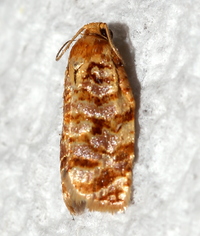
| Recorded by: David George, Jeff Niznik on 2025-05-24
Richmond Co.
Comment: |
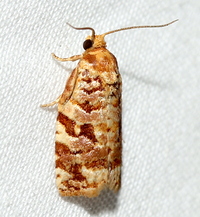
| Recorded by: David George, Jeff Niznik, Jim Petranka on 2025-05-24
Richmond Co.
Comment: | 
| Recorded by: Jim Petranka and Becky Elkin on 2025-05-23
Richmond Co.
Comment: |
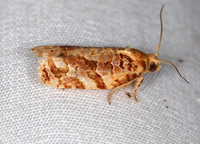
| Recorded by: Jim Petranka and Becky Elkin on 2025-05-23
Richmond Co.
Comment: | 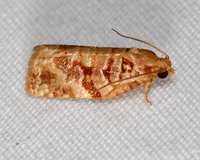
| Recorded by: Jim Petranka and Becky Elkin on 2025-05-23
Richmond Co.
Comment: |

| Recorded by: Jeff Niznik, David George on 2025-05-09
Cumberland Co.
Comment: | 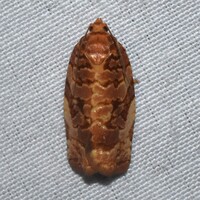
| Recorded by: Jeff Niznik, David George on 2025-05-09
Cumberland Co.
Comment: |
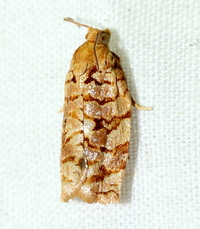
| Recorded by: David George, Jeff Niznik, Brian Bockhahn on 2025-05-09
Cumberland Co.
Comment: | 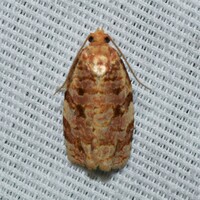
| Recorded by: David George, Jeff Niznik, Rich Teper on 2023-05-21
New Hanover Co.
Comment: |
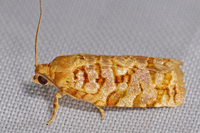
| Recorded by: Mark Shields on 2021-05-14
Onslow Co.
Comment: | 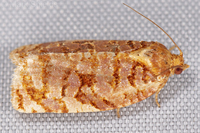
| Recorded by: Mark Shields on 2020-05-23
Onslow Co.
Comment: |

| Recorded by: Mark Shields on 2020-05-10
Onslow Co.
Comment: | 
| Recorded by: Harry Wilson on 2020-04-26
Wake Co.
Comment: |
|

 »
»



 »
»

